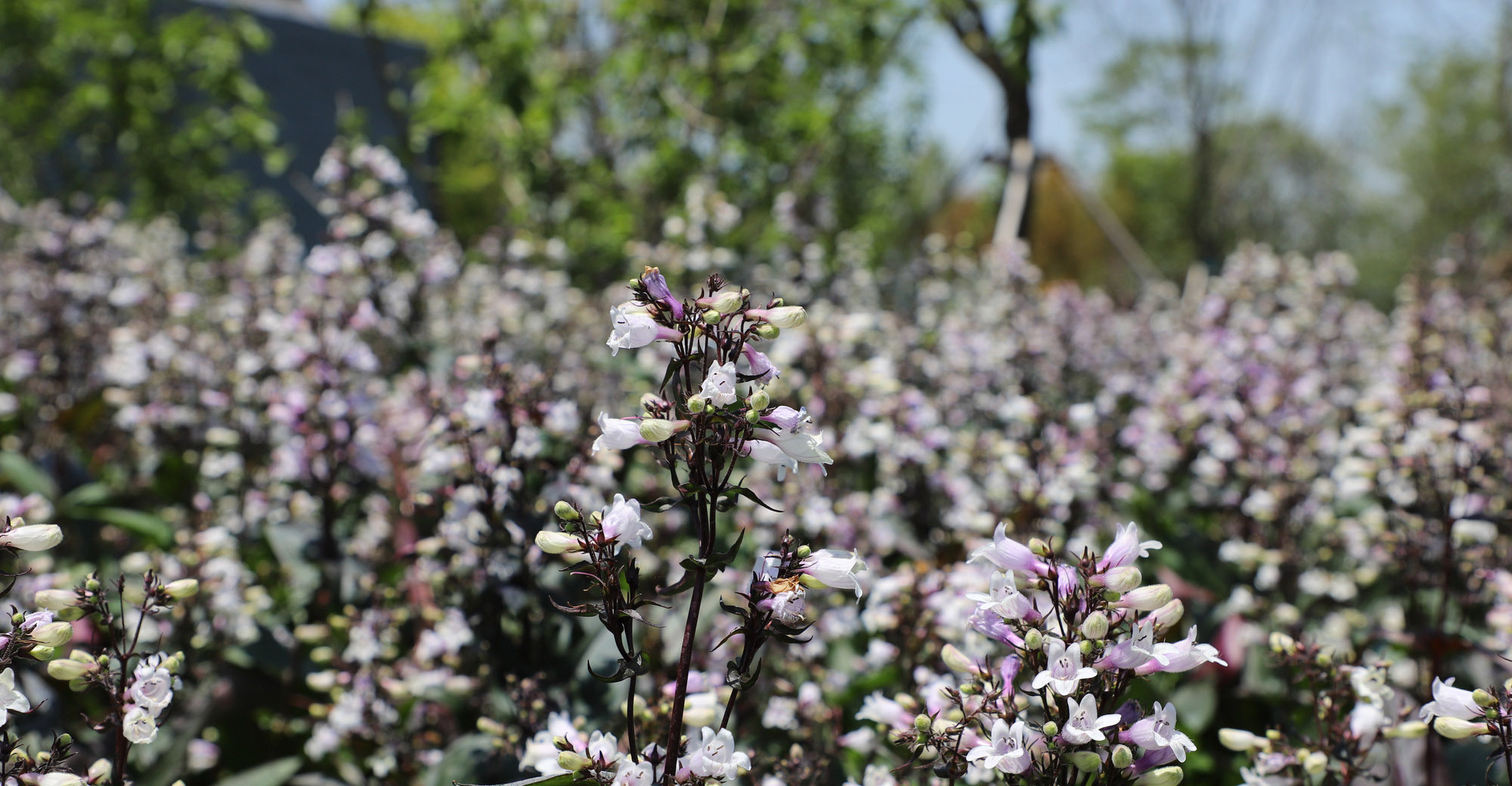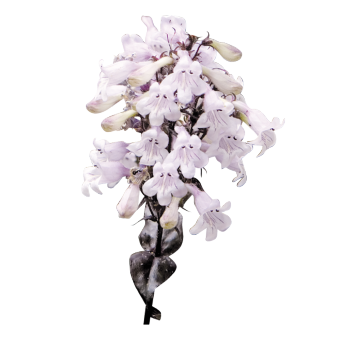

Mystica
- Brings mystical elegance all season long
- Impressive bronze rosettes
- Multiple flower stems with large, light lavender flowers
- Long vase life as cut flower
- Attracts butterflies and other pollinators
- Crop Time
- Spring: 25 - 26 weeks
- Height ∅
- 30 ″ / 75 cm
- Exposure
- Sun - Partial shade
- Seed Form
- ApeX
- Heat Zone
- 9-1
- Hardiness Zone
- 4a-8b
- Best Uses
- Bedding, Cutflower
Culture guide
Usage
Plants for border and landscape, container plants for patio, plants attract bees and butterflies, cut flower production
Sow time
January-March for green pots; June-August for flowering in pots the following year
Sowing method
1 seed per plug
Germination
10-15 days at 68-72 °F (20-22 °C). Cover seed lightly with coarse vermiculite and maintain moist but not saturated soil moisture levels
Growing on
Transplant plugs 5-8 weeks after sowing into a well drained media with a pH between 6.2-6.8. Grow on at 55-65 °F (13-18 °C). Fertilize weekly at 200 ppm nitrate nitrogen in a 2-1-2 ratio mix. Plants require vernalization to flower.
Media
Use a well-drained, growing substrate with 15-30 % clay, 0-20 % parts (e.g. bark, perlite, sand), 1,5-3 kg/m³ complete balanced fertilizer, 0-3 kg/m³ slow release fertilizer (3-9 months), iron-chelate, micronutrients, pH: 5.8-6.2. Field: sandy humus soils with good drainage. Standard fertilization: 80-100 g/m² of a slow release fertilizer.
Temperature
Grow at 13-18 °C or outdoors. In winter indoors frost free at 3-5 °C or outdoors. Outdoor fleece cover needed. In spring the plants start to grow at 13-18 °C. A chilling period (vernalization) is required for flower initiation. P. digitalis can also made to flower earlier in the polytunnel.
Fertilization
High fertilization levels are required. Fertilize the crop weekly with 100-150 ppm nitrogen (at 3 kg/m³ slow release fertilizer in substrate), using a complete balanced fertilizer. Avoid high ammonium and high nitrogen levels. Don’t fertilize after mid September. In spring fertilize 100-150 ppm nitrogen of a potassium balanced fertilizer (N: K₂O-ratio: 1:1,5). Prevent magnesium deficiency by applying magnesium sulphate (0,05 %) 1-2 times and in case of iron deficiency (above pH 6.0) apply iron-chelate for 1-2 times. Field: If necessary according to analysis, improve the soil with 80-100 g/m² of a slow release fertilizer, applied in several portions. Take care of a good micro nutrition supply to the plants.
Stage I Starts with the radicle breaking through the testa. The roots are touching the medium. Ends with fully developed cotyledons.
Stage II Starts from fully developed cotyledons. Ends with the fully developed true leaf or true leaf pair.
Stage III Starts from the fully developed true leaf or true leaf pair and ends with 80% of the young plants being marketable.
Stage IV All young plants are ready for sale and in the process of being hardened off. This stage lasts about 7 days.
The cultural recommendations are based on results from trials conducted under Central European conditions. Different conditions in other parts of the world may lead to deviations in results achieved.
